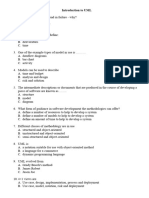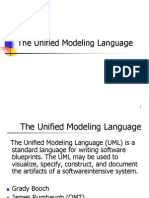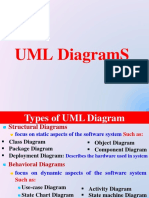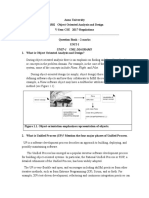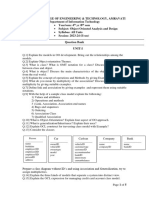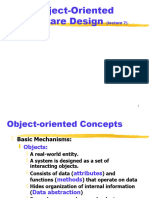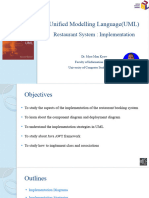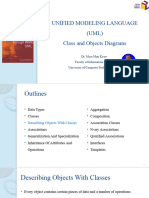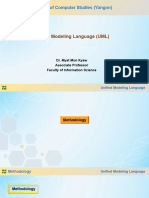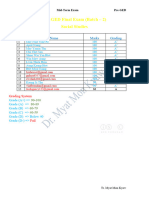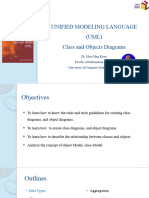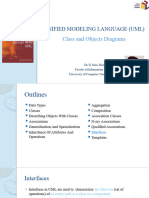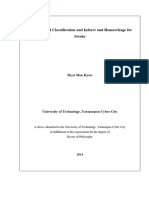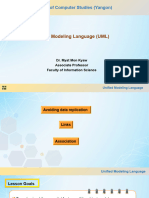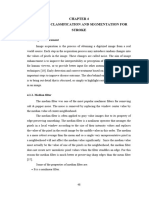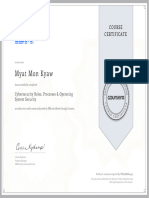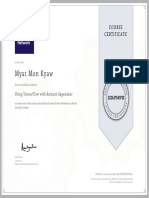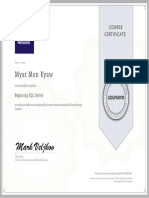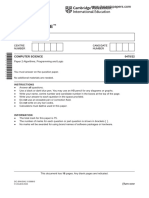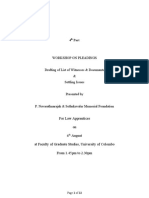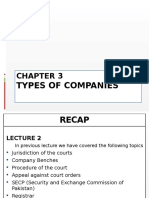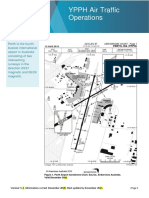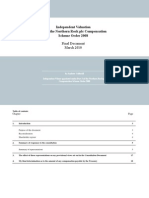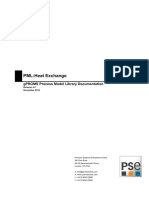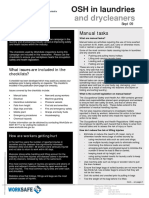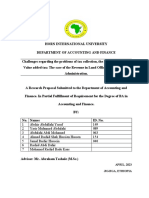0% found this document useful (0 votes)
55 views2 pagesUML Concepts and Diagrams Guide
The document contains multiple chapters covering UML concepts like classes, objects, use cases, state machines and more. It provides true/false questions to test understanding with answers. Concepts covered include associations, generalizations, use cases, analysis models, interaction diagrams, state machines and their notation.
Uploaded by
Dr. Myat Mon KyawCopyright
© © All Rights Reserved
We take content rights seriously. If you suspect this is your content, claim it here.
Available Formats
Download as DOCX, PDF, TXT or read online on Scribd
0% found this document useful (0 votes)
55 views2 pagesUML Concepts and Diagrams Guide
The document contains multiple chapters covering UML concepts like classes, objects, use cases, state machines and more. It provides true/false questions to test understanding with answers. Concepts covered include associations, generalizations, use cases, analysis models, interaction diagrams, state machines and their notation.
Uploaded by
Dr. Myat Mon KyawCopyright
© © All Rights Reserved
We take content rights seriously. If you suspect this is your content, claim it here.
Available Formats
Download as DOCX, PDF, TXT or read online on Scribd
/ 2
